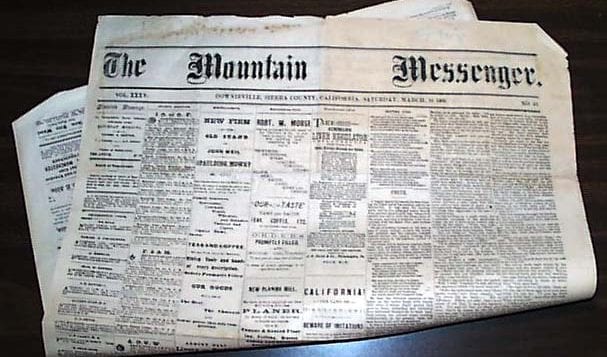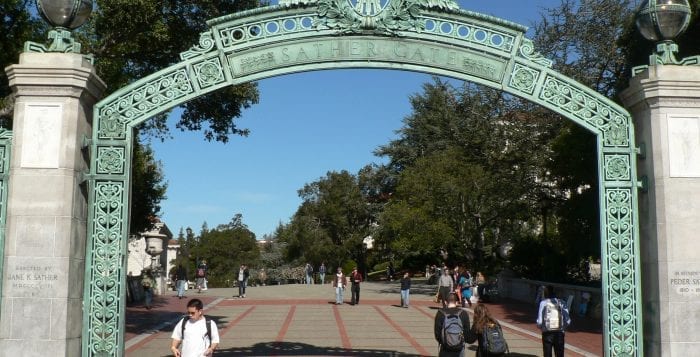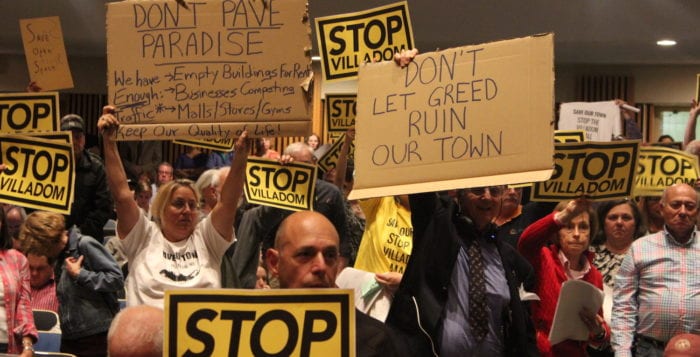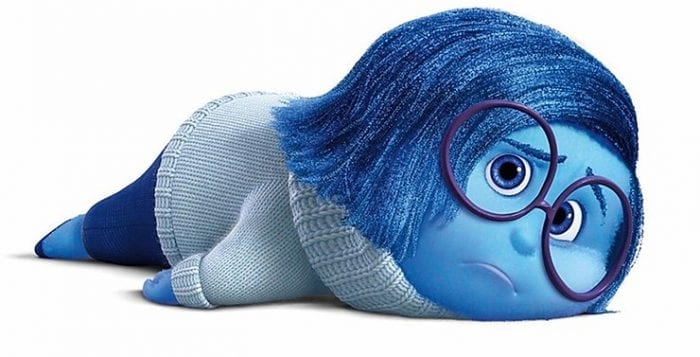By Daniel Dunaief

Twenty years ago this week, my wife and I got married.
Over the course of the next two decades, we have gone through numerous changes and challenges together, providing a united front for our children, hosting relatives during birthday parties and celebrating landmark occasions.
As I think about the many roles we’ve played in each other’s lives I am grateful for my wife, the teacher. In addition to taking time to help educate our children, she has also been an extraordinary educator for me.
Starting with something easy, she taught me to relax. Before I met her, I felt the need to move, almost all the time. Sitting on a beach, a bed or a rock at the top of the mountain seemed like a waste of time. Over the years, taking a moment to soak in the sun, to observe the trees and birds around us, or to talk and laugh about the events of the day have become increasingly enjoyable ways to spend time and connect.
While my wife has taught me the fine art of relaxing, she has also demonstrated an incredible work ethic, balancing between the needs of our family and the demands of her job. She finds time to respond to work emails, to read work material and to answer important calls, all while supporting our children at everything from sports scrimmages to concerts to graduations.
Neither of us is particularly fond of shopping. She has, however, demonstrated how to speed-shop in a store. She has a gift not only for finding what she or any member of our family needs — a black shirt for a coming concert, a white dress for a party or specific socks that are cool enough for school — but also doing it in the most efficient manner, enabling the four of us to race back to the car and on to other activities.
She has also taught me how to laugh. Of course I laughed before I met her, but the laughter wasn’t as frequent and it didn’t continue to help cement my relationship to someone as well as it does with my wife. The absurd surrounds us, if you know what to look for and how to find it.
Of course, I don’t necessarily cherish every lesson the same way. You see, my wife is a cat person, a trait she shares with her mother and siblings. When my wife was pregnant and during the months when she breastfed, I learned the fine art of scooping cat litter and, once a week, changing the pan. I learned how to do this unpleasant but necessary maintenance task as quickly as possible, leaving me with only a slight scent of cat litter on my clothes. Our young children enjoyed watching me expectorate for a full minute after the process ended.
She also taught me the sheer joy of walking the Earth with someone. Before I met her, I was an avid walker, trekking up and down West Meadow Beach, walking around neighborhoods in Manhattan and crossing the Brooklyn Bridge. Ever since then, we have covered thousands of miles in all types of terrain as we share our observations of everything from nature to the events of the day or week. Walking together in stride, I have felt a part of something larger and more meaningful than my own existence.
Ultimately, however, my wife taught me how to turn my dreams into a reality. When I was 13, I read about the Galapagos Islands. When I heard about how all the marine and island life ignores people, I knew I had to visit. Spurred on by my wife, we planned this journey, which in 2013 far exceeded my lofty expectations, just as each year does with the woman I married two decades ago.
















